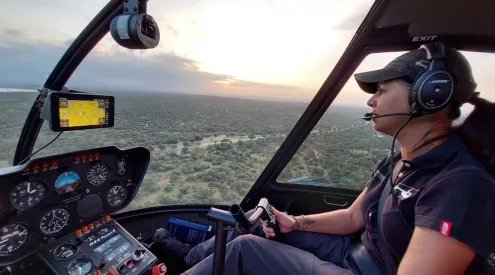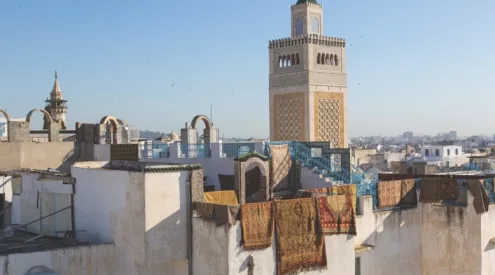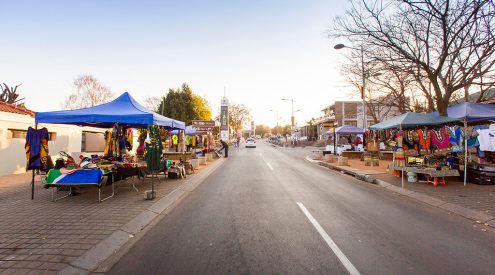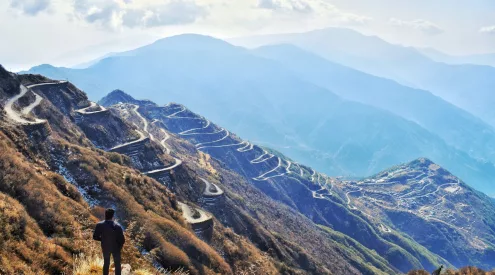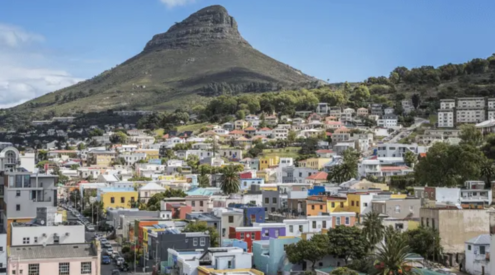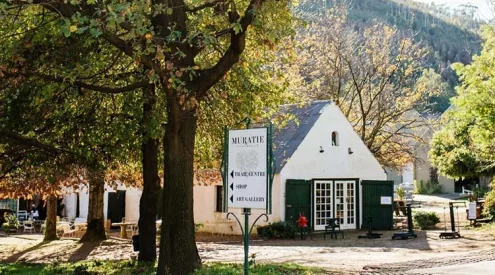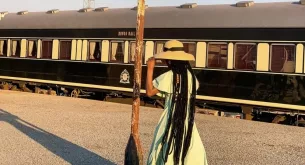Africa, a vast continent of diversity and heritage, is home to an estimated 3,000 distinct tribes. But what defines a tribe, and which are the most renowned and emblematic tribes across the African landscape?
When embarking on an African safari, it’s easy to traverse the land without truly immersing oneself in the local cultures and customs beyond the confines of a safari lodge. Yet, missing out on this facet means bypassing a significant aspect of what makes Africa an unparalleled and captivating destination.
With 54 countries and approximately 1.3 billion inhabitants, Africa’s population is deeply interwoven with an array of tribes, each possessing its own language and traditions. In South Africa, often referred to as the Rainbow Nation, this diversity is mirrored in the constitution, which recognizes an astonishing 11 official languages.
The backdrop of over three centuries of colonization has profoundly altered the continent’s populace and cultures. The drawing of new national borders during colonization often disregarded tribal boundaries, resulting in contemporary countries that bear little resemblance to ancestral tribal lands. As a consequence, some tribes have vanished, while others merged or fragmented, and in a twist of historical irony, new African tribes emerged due to colonization.
ALSO READ: Desert countries to visit: 5 things to do in Morocco
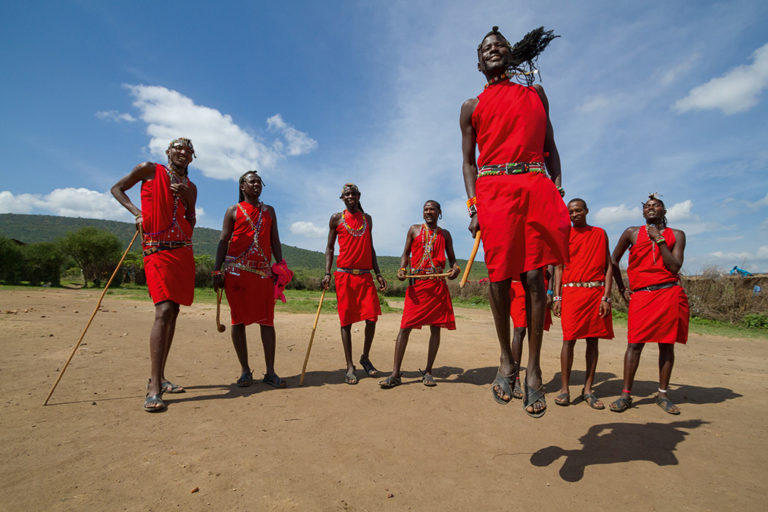
The signature Maasai adamu, or jumping dance, is performed at coming-of-age ceremonies to welcome young men to the next stage of their lives as warriors. Their athletic leaps are also not lost on potential brides.
What constitutes a tribe?
While the definition of a “tribe” or ethnic group is a topic that could captivate social anthropologists for extended periods, the general concept involves a community of individuals who share a common culture, dialect, and social, economic, religious, or blood connections.
In the era when African life was predominantly rural, few individuals ventured far from their tribal territories. The rise of urban centres throughout the 20th century shifted this dynamic, as greater numbers migrated to cities in pursuit of livelihoods beyond subsistence. Nonetheless, in many regions of Africa, especially rural areas, tribal influences remain pivotal in shaping daily life, communication, and behaviour.
With this context in view, let’s delve into our selection of 10 iconic African tribes, spotlighting the key safari regions of East and Southern Afric
Hadzabe – Tanzania
The Hadzabe, residing in north-central Tanzania, represent one of East Africa’s last authentic nomadic tribes. Despite efforts to settle them, the Hadza steadfastly adhere to their ancestral hunter-gatherer lifestyle, unchanged for centuries. Operating as an egalitarian society without hierarchical structures, the Hadza relied on the communal upbringing of children and extensive foraging and hunting. Women engage in group foraging, while men hunt with bow and arrow.
Hamar – Ethiopia
In Ethiopia’s fertile Omo Valley, the Hamar are pastoralists who prize cattle. During arid seasons, families migrate alongside their herds, sustaining themselves primarily with milk and blood from their livestock. Recognizable by their vibrant adornments, which include multitudes of beads, necklaces, and distinctive hairstyles, the Hamar also have controversial practices like ritual flogging of women and the “bull jumping” rite.
Himba – Namibia
The Himba tribe, residing in Namibia’s Kunene region, maintains a traditional way of life in a remote and harsh environment. Their culture centers on the sacred fire, symbolizing ancestral connection, and intricate body adornments. Women’s red-tinted complexion and elaborate hairstyles, along with the unique use of ochre paste for protection and beautification, contribute to the tribe’s iconic status.
Karo – Ethiopia
Nestled along the Omo River, the Karo tribe stands out for their intricate face and body paintings, as well as ritual scarification. Through flood retreat cultivation and fishing, they sustain themselves. The Karo’s dramatic body artworks, composed of chalk, charcoal, and minerals, evoke their distinctive identity. Their “bull jumping” ceremony marks the passage to adulthood, similar to neighboring tribes.
Maasai – Kenya & Tanzania
Arguably Africa’s most renowned tribe, the Maasai inhabit Kenya and Tanzania’s Great Rift Valley. Their semi-nomadic lifestyle revolves around cattle, seen as gifts from the sky god Ngai. Maasai warriors don colorful robes, perform unique jumping dances, and engage in symbolic practices like ceremonial spitting. Cattle are not only a source of sustenance but also reflect wealth and status.
San Bushmen – Southern Africa
The San, known for their ancient hunter-gatherer tradition, have left their mark across Southern Africa through cave and rock art. Their remarkable tracking skills enable survival in arid desert landscapes. Recognized by their distinct clicking language, the San’s traditional way of life has been confined due to land changes, but their legacy remains woven into the region’s fabric.
Samburu – Kenya
Hailing from Kenya’s Samburu region, this pastoralist tribe shares language roots with the Maasai. Their semi-nomadic existence and vibrant adornments earned them the moniker “butterflies.” Unique social structures and colorful clothing underscore their identity, while cow milk and blood are essential to their diet. Leadership within the Samburu is vested in the elder members of society.
Southern Ndebele – South Africa
South Africa’s Southern Ndebele tribe stands out for its distinctive artistic style, applied not only to clothing and body adornments but also homes. Their belief in spells and curses, treated by traditional healers known as sangomas, adds to their unique culture. Their artistry, incorporating vivid geometric patterns, has evolved with modern influences, gaining international recognition.
Xhosa – South Africa
The Xhosa ethnic group, one of South Africa’s largest, holds strong oral traditions, maintaining ancestral stories through speech. Ubuntu, the concept of humanity towards others, is rooted in Xhosa beliefs. Central to their identity is iziduko, surpassing even names in importance. The Xhosa inhabit the Eastern Cape Province, keeping their culture alive through their language and customs.
Zulu – South Africa
The Zulu, South Africa’s largest ethnic group, trace their lineage to East Africa and have a formidable history as warriors under King Shaka. Today, they blend modernity with tradition, engaging in intricate beadwork and maintaining connections with their historical roots. Their expressive bead patterns and vibrant clothing echo their cultural depth.
Follow us on social media for more travel news, inspiration, and guides. You can also tag us to be featured.
TikTok | Instagram | Facebook | Twitter
ALSO READ: An enchanting seaside stay at Tintswalo Atlantic, Hout Bay


